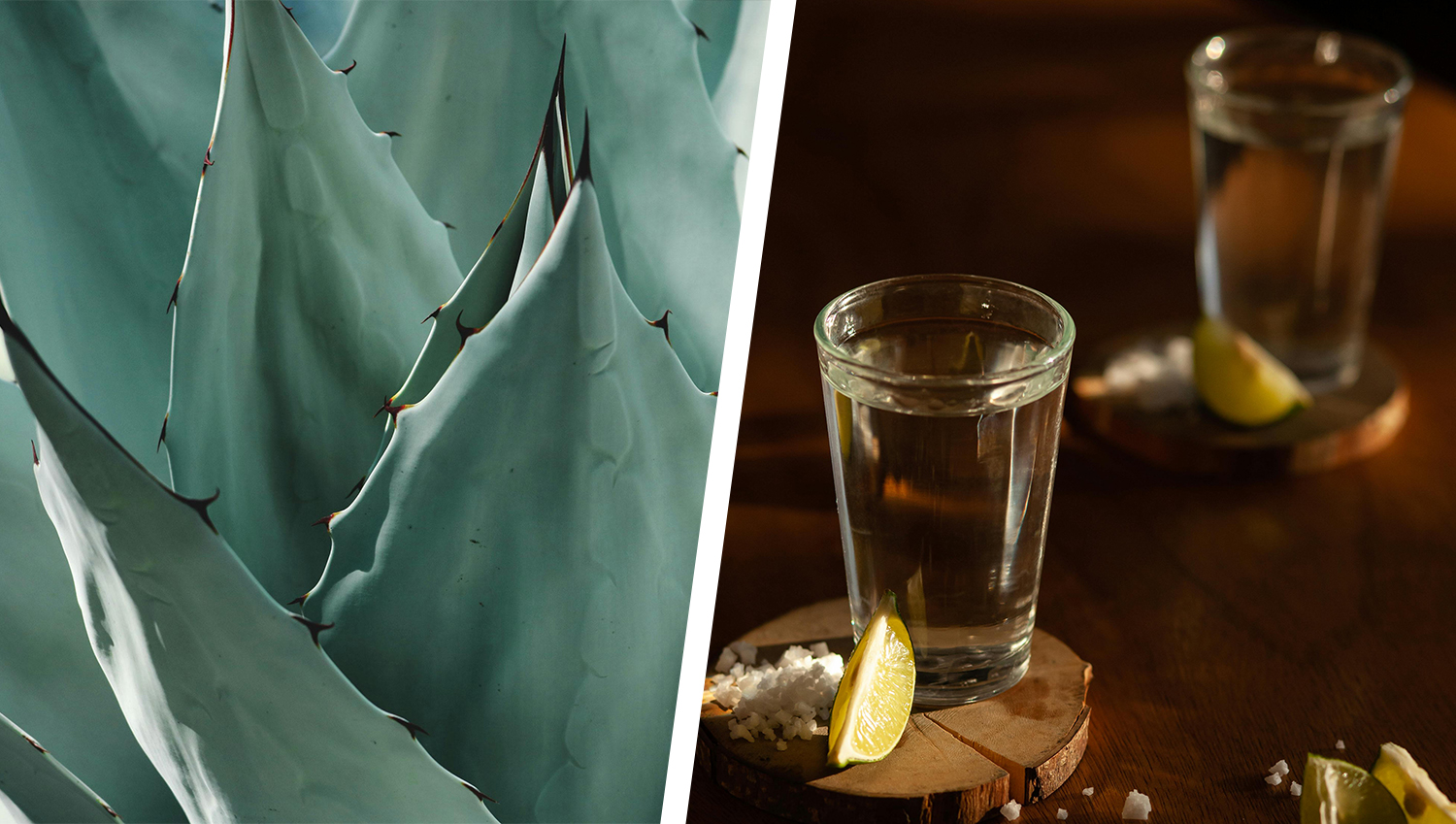Raicilla: An Ancestral Tradition in Western Mexico

Beyond tequila and mezcal, there is a spirit that has quietly borne witness to the history and identity of Mexico’s coastal and mountainous regions: raicilla. With more than 400 years of tradition, this artisanal distillate has remained relevant thanks to knowledge and techniques passed down through generations, earning it a distinguished place among Mexico’s heritage spirits.
Originating in the states of Jalisco and Nayarit, raicilla is crafted from wild agaves that grow in rugged landscapes. Once produced in secrecy due to colonial-era restrictions, it was traditionally made in small batches by local artisans. Today, with a recognized designation of origin, raicilla is celebrated for its earthy, smoky complexity and its deep connection to local culture.
According to the Institute of Statistical and Geographic Information (IIEG), there are two main types of raicilla: coastal and highland. Coastal raicilla is known for its smoky flavor and is produced in municipalities such as Cabo Corrientes (Jalisco) and Bahía de Banderas (Nayarit), using Angustifolia Haw and Rhodacantha agaves. Its origins trace back to Filipino slaves brought by the Spanish in the 16th century, who introduced a pit oven distillation method that imparts notes of char, fire, and wood.
On the other hand, highland raicilla has a cleaner, fruitier profile and is produced in mining towns like San Sebastián del Oeste, Mascota and Talpa de Allende (Jalisco), where an Arab-style surface distillation process—similar to tequila production—was adopted under Spanish influence. This variety uses Valenciana, Maximiliana, and Inaequidens agaves.
Whether sipped neat or mixed into a cocktail, raicilla is a true expression of the land, history, and creativity of Jalisco and Nayarit.
Enjoy!


Comments